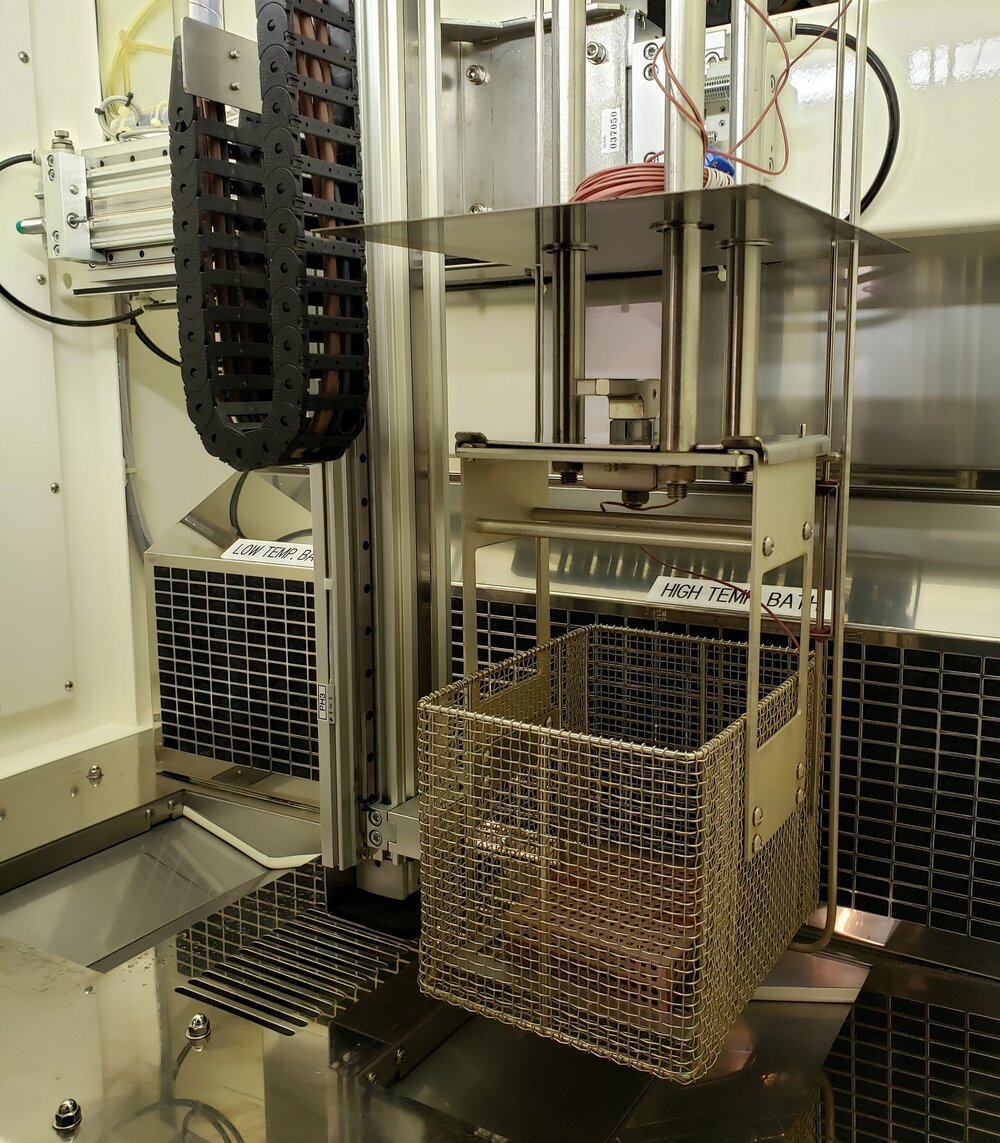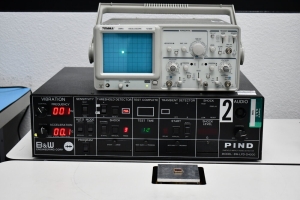Temperature Cycle or Thermal Shock: Which is Right for You
Are you in need of Temperature Cycle or Thermal Shock? That question takes on two different meanings depending on where you place the emphasis when you read it. First, are you trying to determine which test you need or second, are you trying to fulfill the requirement for either of these stresses? The definitions outlining both Temperature Cycle and Thermal shock are outlined in the military standards such as MIL-STD-883 or MIL-STD-750. Let’s take a dive into both interpretations to help define the right test for you.
There is a grey area between Temperature Cycle and Thermal Shock. In a dual or triple air-to-air chamber system, the transfer from one temperature to another is extremely quick leading some industries to believe that this is a Thermal Shock event. Others argue that the event is a Temperature Cycle because the change in temperature of the specimen is controlled mainly by the thermal mass of that specimen. To muddy the issue further, some industries test specification, referring “air-to-air” as Thermal Shock while others refer it to Temperature Cycle. The cyclical temperature stress of air-to-air systems is commonly used to decrease the amount of time it takes to exacerbate a failure mechanism. i.e. delamination of the die; there may be some disagreements on the term.
What is Thermal Shock?
Thermal Shock occurs when the specimen goes from one temperature extreme to another and the stabilization of the component temperature is very rapid. This is commonly performed using a liquid-to-liquid bath system. The sample is transferred from one liquid bath at a defined temperature extreme to another liquid bath, at the opposite temperature extreme. The liquid is far more efficient at transferring its heat to the specimen or absorbing the heat from the specimen than air is, consequently the ramp rate at the specimen level is greatly shortened. Typical liquids used for this test method are inert and have properties that allow it to be at the temperature extremes without boiling or freezing. Common fluids used throughout the industry are Perflourocarbon fluids manufactured by a variety of suppliers.
What is Temperature Cycle?
Thermal Cycle uses a single chamber system. The ramp rate, or transition from hot to cold or cold to hot is limited by the chamber’s capability to go from one extreme to the other and the thermal mass of the specimen. The specimen is held at a stabilized temperature extreme before it can make the next transition. This is called a soak time, set to ensure you enhance your chances of creating the failure mechanism you are most interested in. Some specifications have identified soak times that correlate with some of the failure mechanisms you are trying to induce but leave it open to different soak times for other failure mechanisms that are unique to your particular specimen. There is also a need to determine the number of cycles needed to exacerbate the failure mechanism as they relate to real life usage. You can start with the standard number of cycles identified in one of the various test specifications or you can modify the number to more closely correlate with the likelihood of creating the failure mechanism you are interested in.
Temperature Cycle or Thermal Shock: Let’s decide together
So which stress environment do you need? To answer that question you need to understand the different failure mechanisms you need and design the stress so it will give you the most probable opportunity to create that failure mechanism. Whether you are following a program requirement that specifies Temperature Cycle or Thermal Shock or you have a specific temperature profile you need to exercise a particular failure mechanism, Golden Altos can help. We have in-house systems and expertise that can provide the type of thermal environment you need. So take the stress out of your stress testing and give us a call. We are here to help.








